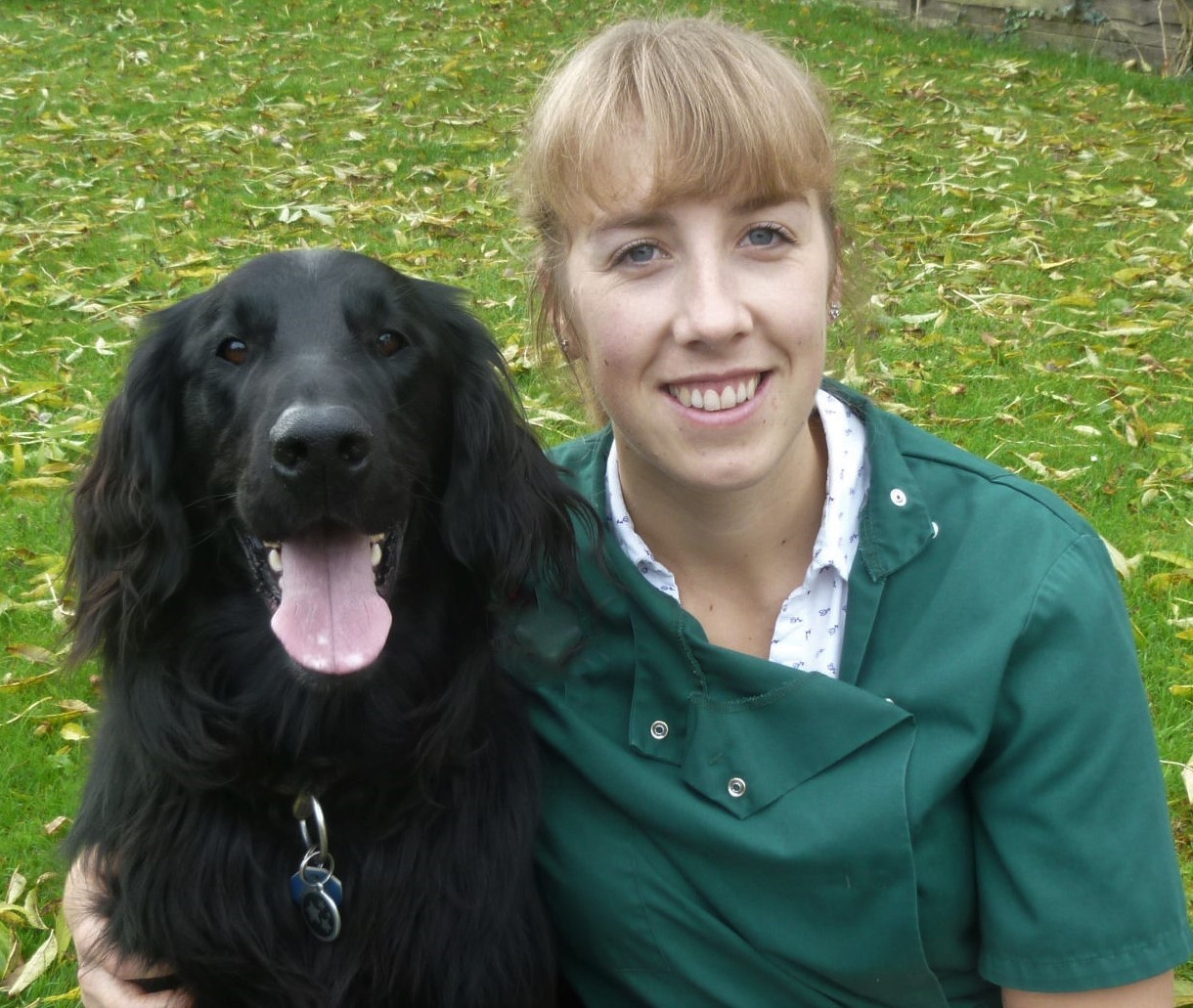How tight should a dog harness be? Vet's guide to getting the right fit
Have you wondered how tight should a dog harness be? Let’s look at how to fit one correctly!
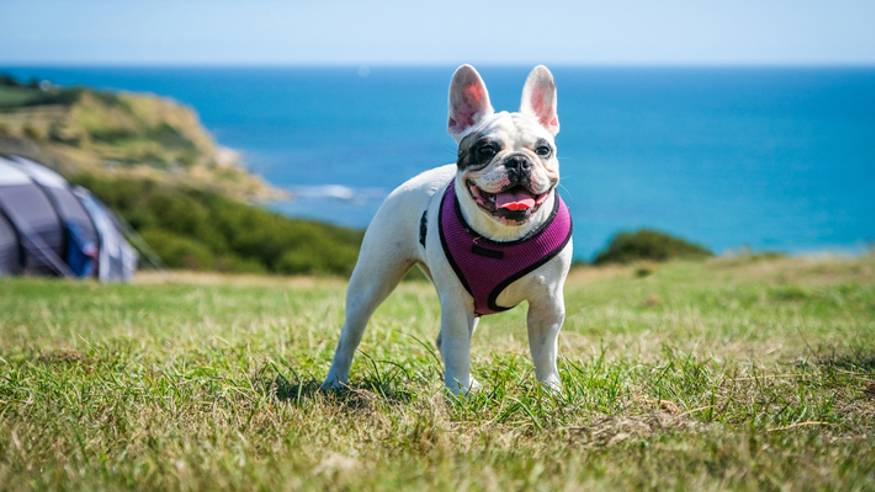
How tight should a dog harness be? This is a question many owners ask when working out how to fit a dog harness correctly. Harnesses have risen in popularity with many dogs coming in for routine vet appointments wearing one these days.
However, with dogs coming in all different shapes and sizes, and such a vast array of great quality dog harnesses on the market, it can be hard to know if you’ve got the fit right.
Let’s have a look at how tight your dog should wear his harness as well as a few tips on dog harnesses generally.
- Best tactical dog harness: Get your pet pooch the perfect outdoor vest
- How to put a dog harness on (by harness type)
- Harness vs collar: Which is best for your dog?
Types of dog harnesses
There are a variety of different harnesses available which can be split into three main categories: back clip harnesses, front clip harnesses and dual clip harnesses.
These can then come in two main styles, minimalistic straps (which will keep your dog cooler in warm weather but may chafe) or in a vest style. The latter is bigger and bulkier, which some dogs don’t like but it can be more straightforward to put on.
Let’s look at these three types of harnesses for your dog in more detail:
Back clip harnesses
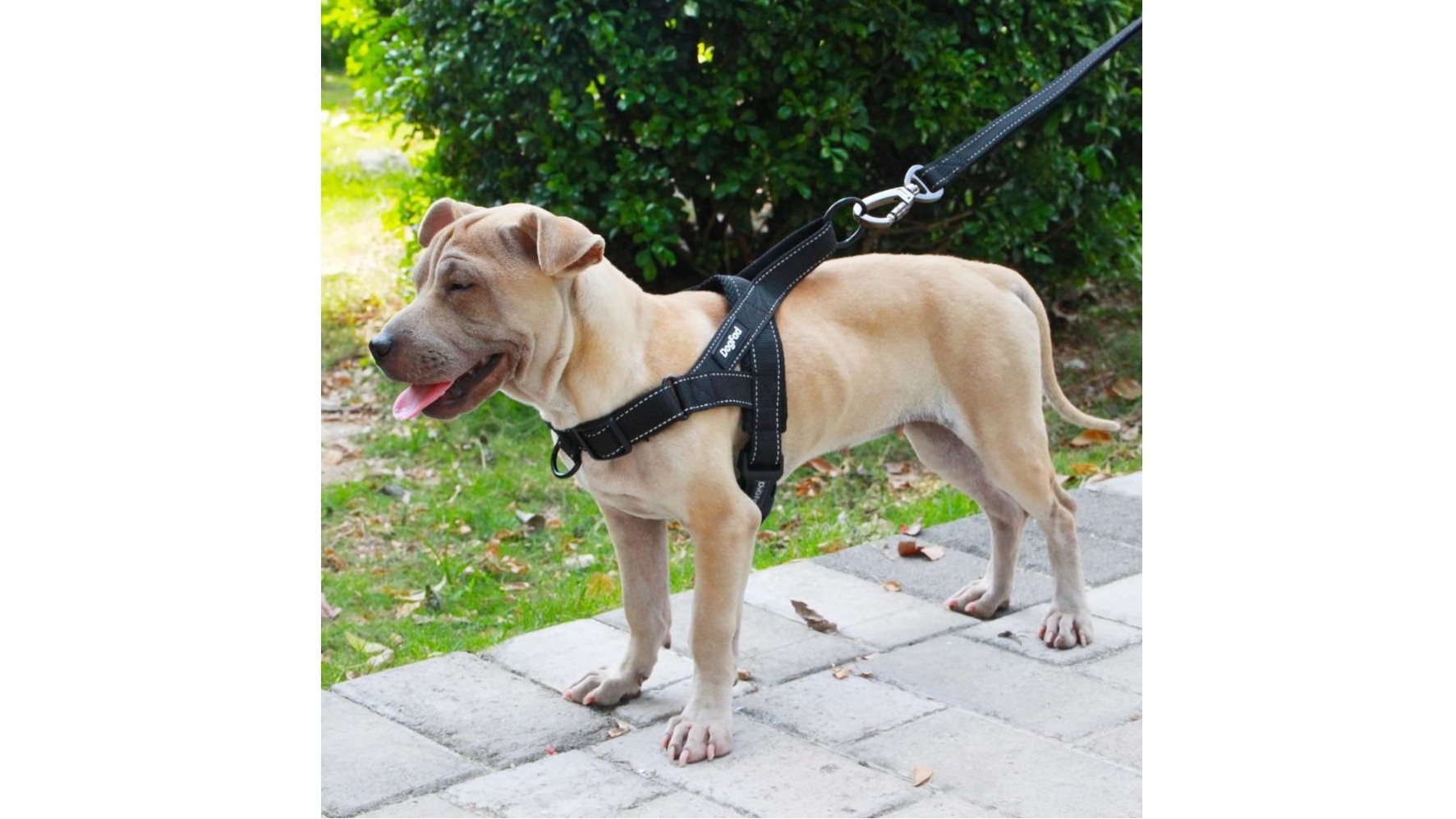
This is one of the most basic and commonly found harnesses, where the D ring is found on the fabric on your dog's back (where you attach the lead). It is a widely available harness type and should mean your dog doesn’t get tangled up with his lead. However, it won’t discourage pulling behavior.
Front clip harnesses
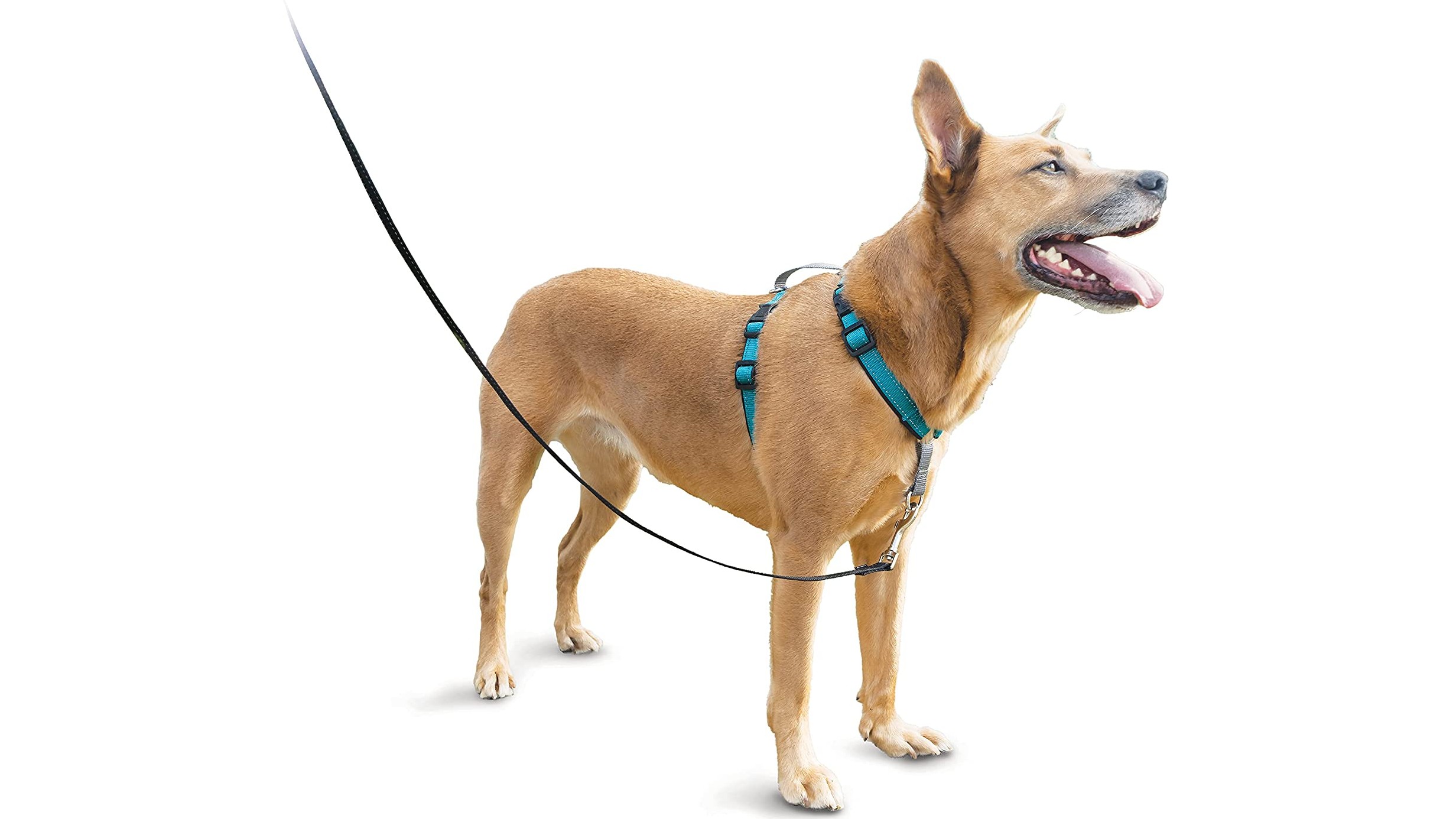
Front clip harnesses are more useful for dogs that pull excessively. They look like a back clip harness except for the D-ring where you attach the lead is located on the dog’s chest area. This type of harness should still be easy to find in shops and is preferred by dog trainers as it discourages pulling. However, the lead can become tangled in his legs.
Dual clip harnesses
Dual clip harnesses have two D rings - one on the back and one on the chest at the front. This gives some versatility as to how you use the harness. Alternatively, you could use a double-ended lead connected to both rings to give maximum control. It can take a bit of time to get used to though and this type of harness may be more expensive.
Check out our best dog harness guide if you need some more inspiration.
How to choose the right size harness for your dog
Each harness brand will be designed slightly differently so first check the guidelines the manufacturer provides. This will give you a good starting point, as to whether you might need a small, medium, large etc.
However dogs vary wildly in size and shape, even within the same breed, so the best way to fit your harness accurately is by measuring your dog with a tape measure.
Use a soft/cloth tape measure and wrap it around the widest part of your dog's chest to get the measurement. This tends to be right behind their armpits but check a couple of times as your dog's posture and movement could affect your accuracy.
You can then use this measurement alongside your dog’s body weight to look at the harness manufacturer's guidelines again and narrow down your selection further. If you are struggling to measure your dog yourself and still unsure what harness to buy, then it might be easiest to go into a pet store and get some help in person.
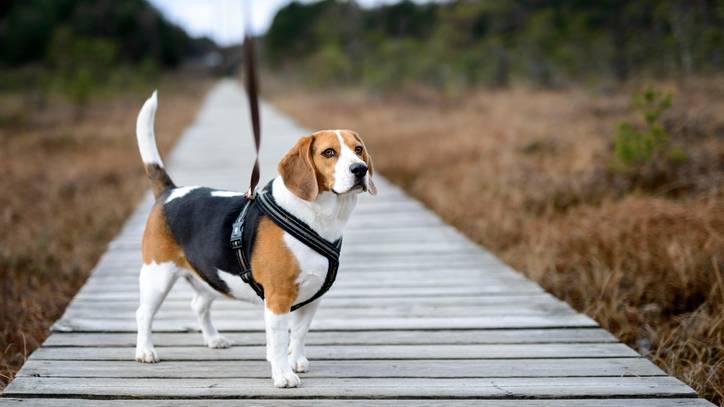
How to fit a dog harness
Once you’ve bought your harness you will need to adjust it to fit your dog well. Put the harness on your dog by following the instructions provided by the manufacturer. Then tighten the straps so that they fit snugly, but aren’t too tight, You should be able to fit about two fingers under each of the straps.
Try walking your pet around in it to assess for any signs of discomfort, but also to re-check the fit. Your dog’s movement may have affected the way the harness sits, so have a feel of all the straps again. If the harness is too loose and there is a risk of him slipping out, you will need to tighten the straps again.
How tight does a dog harness need to be?
A harness needs to be tight enough to stop your dog from slipping free, especially if he suddenly reverses on you! You should be able to fit two fingers between the straps and your dog’s body, any more than this and it’s too loose.
How to tell if a dog harness is too small
It’s important to make sure your dog’s harness isn’t too tight. This can make your pet feel uncomfortable and may lead to chafing and skin sores, especially in delicate armpit areas. If you can’t fit two fingers under a strap then it is probably too tight. Equally, if your dog is reluctant to walk or his movement is being impeded by the harness, then it might be uncomfortable and too snug for him.
It’s worth checking your harness at regular intervals especially if your dog gains (or loses) weight and adjust the straps accordingly.
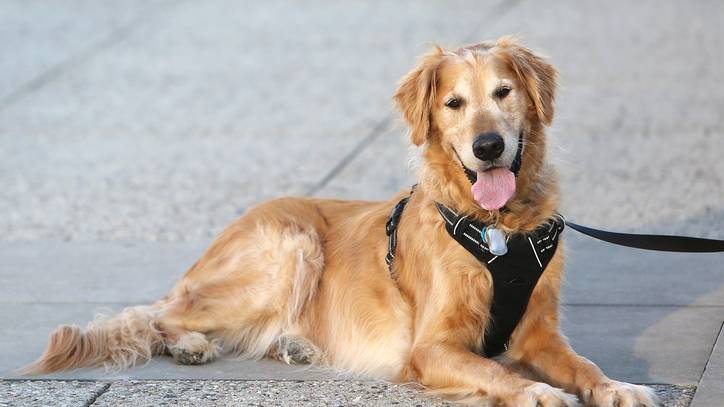
Can a harness hurt a dog?
A harness could potentially hurt a dog if it was too tight. It could cause chafing leading to skin sores from rubbing. Some tight harnesses may impede your dog’s movement making exercise tricky.
Conclusion
Harnesses can be a great alternative to dog collars, but it's important to make sure they are fitted correctly. A harness that is too tight will be uncomfortable and may mean your dog becomes reluctant to exercise. If you are still unsure about fitting a harness your local pet store may be able to offer some advice.
PetsRadar Newsletter
Get the best advice, tips and top tech for your beloved Pets
Rebecca is a veterinary surgeon who graduated in 2009 from the Royal Veterinary College in London. She has a wealth of experience in first opinion small animal practice, having done a mixture of day-to-day routine work, on-call emergency duties and managerial roles over the years. Rebecca enjoys medicine in particular and she is proud to have recently achieved a BSAVA postgraduate certificate in small animal medicine (with commendation).
She writes on various feline and canine topics, including behavior, nutrition, and health. Outside of work and writing she enjoys walking her own dog, spending time with her young family and baking!
